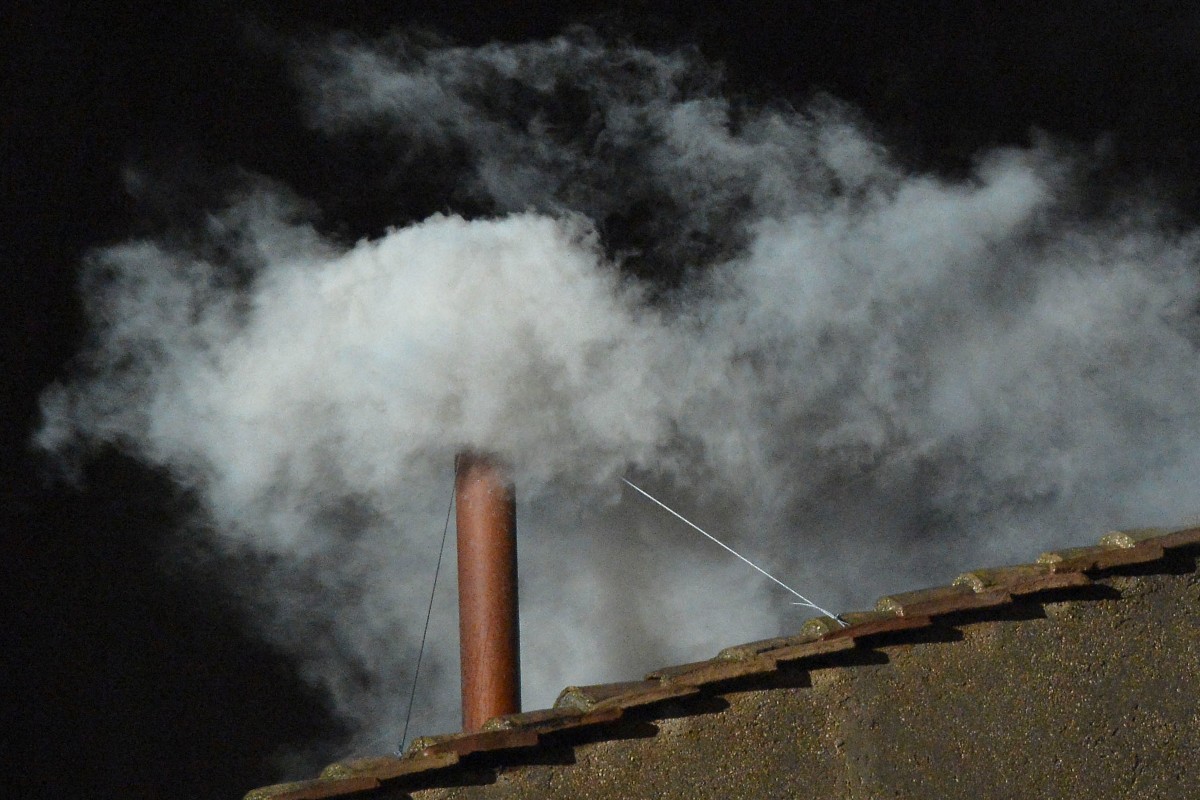
By Agence France-Presse
When Catholic cardinals vote in the conclave, they then burn their ballots, sending up black smoke to signal no decision or white smoke to show they have chosen a new pope.
The centuries-old tradition of using smoke has changed over time—as has the technology used.
Gunshot
All conclaves bar one have taken place in Rome since the 15th century, and the tradition of burning the cardinals’ paper ballots dates back to then.
It was initially an effort to prevent vote tampering but came over time to be used as a signal, although for centuries it merely meant the vote was not successful.
In the 1823 conclave in the Quirinale Palace—then the papal residence—it was agreed that the guard outside would fire blanks to announce the election of a pope, according to Javier Martinez-Brocal and Jose de Jesus Aguilar’s book “Conclave: The Rules for Electing the Next Pope.”
The first time white smoke was used to signal the election of a pope was at the 1914 conclave in the frescoed Sistine Chapel at the Vatican.
Stoves, old and new
The cast iron stove in which the cardinals burn their ballots was first used at the conclave of March 1939.
It is around one meter (3.2 feet) tall and the years and months of the conclaves in which it has been used are engraved on the cover.
There is a lower door for lighting it, with a manual valve for adjusting the draught, and an upper door to put in the documents for burning.
Since 2005, the Vatican has added a second, new stove connected to a small flue which feeds into the same chimney. In it, chemicals are burned for several minutes to color the smoke.
Black or white
Chemicals have been used to color the smoke since 1958 but the newer stove—used for the first time during the election of Benedict XVI—has a fan and makes the smoke more visible.
A mix of potassium perchlorate, sulfur, and anthracene—found in coal tar—is used to turn the smoke black, while potassium chlorate, lactose and pine rosin are used to make it white.
The newer stove is activated electronically but the Vatican says it has been tested and it is prepared for last-minute technical difficulties.
“One of our expert technicians, locked in the conclave, will remain for the entire duration of the voting in a small technical room near the Sistine Chapel with the stove’s remote control,” Silvio Screpanti, Vatican City’s deputy director of infrastructure, said in an interview ahead of the conclave.
He or she will be “ready to intervene promptly if necessary, so that no unforeseen event hinders the famous and long-awaited white smoke,” he told the Vatican City State website.
Bells
Since 2005, to rule out any ambiguity should the white smoke look grey, the bells of Saint Peter’s Basilica also toll to tell the world the Church has a new pope.
